Stem Cell Therapy Cost in the USA: A Complete Guideline
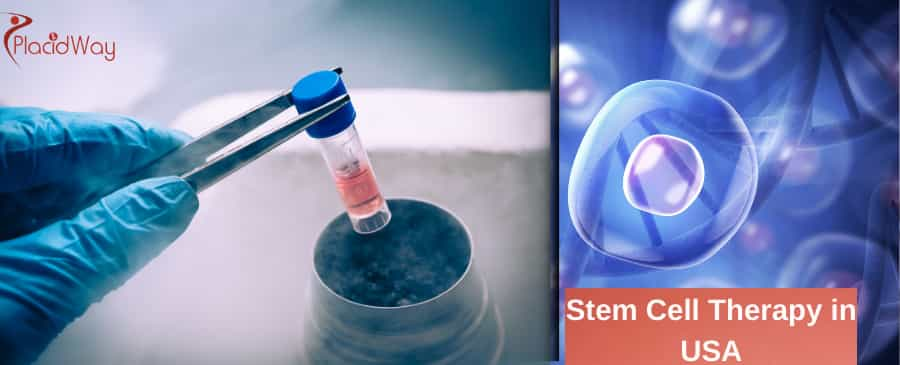
Stem cell therapy stands at the forefront of regenerative medicine, offering hope and potential new avenues for treating conditions that were once considered chronic or untreatable. From orthopedic injuries and degenerative diseases to autoimmune disorders, the promise of using the body's own master cells to repair and regenerate damaged tissue has captured the imagination of patients and physicians alike. As this cutting-edge field evolves, however, prospective patients in the United States are often faced with a complex and challenging landscape, particularly when it comes to the financial commitment. The primary question on most people's minds is: what is the actual cost of stem cell therapy in the USA? Navigating the answer is not simple. Unlike conventional medical procedures with standardized pricing, stem cell therapy costs are highly variable and almost always paid for out-of-pocket. The price spectrum is vast, reflecting a wide array of different protocols, cell sources, and treatment goals. This guide is designed to provide a clear and realistic overview of the financial aspects of stem cell therapy in the United States for 2025. We will break down the factors that determine the final price, explore typical cost ranges for common conditions, address the critical issue of insurance coverage and FDA approval, and equip you with the knowledge to make an informed decision on your journey toward healing and regeneration.
What is the average cost of stem cell therapy in the USA?
The price of stem cell therapy is not standardized because the treatments themselves are not "one size fits all." A simple injection into a knee joint requires a vastly different process than a systemic IV infusion protocol for an autoimmune disease. The lower end of the spectrum (around $3,000 - $8,000) typically represents treatments for localized orthopedic issues, such as a single joint (knee, shoulder, hip) or soft tissue injury. As the complexity of the condition increases, so does the cost. Treating multiple joints, degenerative disc disease in the spine, or systemic conditions like Multiple Sclerosis (MS) or Rheumatoid Arthritis requires more intensive protocols. These treatments may involve higher cell counts, multiple infusions, and more comprehensive pre-treatment and post-treatment care, pushing the cost into the $15,000 to $30,000+ range. It is crucial to get a personalized quote based on a thorough medical evaluation.
What are the typical costs for common conditions?
To provide a clearer picture, it's helpful to look at estimated cost ranges for specific applications. These are typical out-of-pocket prices for 2025.
| Condition Treated | Typical Cost Range (USD) | Notes |
|---|---|---|
| Knee Osteoarthritis (single knee) | $5,000 - $10,000 | Price may increase for both knees. |
| Back Pain (Degenerative Disc) | $8,000 - $15,000 | Depends on the number of discs treated. |
| Shoulder Injury (e.g., Rotator Cuff) | $6,000 - $12,000 | Cost varies with severity of the tear. |
| Multiple Sclerosis (MS) / Neurological | $15,000 - $30,000+ | Often requires multiple IV infusions. |
| Autoimmune (e.g., Rheumatoid Arthritis) | $12,000 - $25,000+ | Systemic IV treatment protocol. |
What factors have the biggest impact on the final price?
Understanding these variables will help you decipher quotes from different clinics.
- Type of Stem Cells: The source is a major cost driver.
- Autologous: Cells taken from your own body (bone marrow or adipose/fat tissue). This requires a harvesting procedure, which adds to the cost.
- Allogeneic: Cells taken from a donor source, most commonly birth tissues like umbilical cord blood or tissue. These cells are processed in a lab, and the cost reflects that processing.
- Cell Count and Quality: A higher number of viable stem cells in a treatment generally costs more. Reputable clinics will be transparent about the cell counts they provide.
- Procedure Complexity: A simple injection into a joint is less expensive than a complex, image-guided injection into a spinal disc or a systemic IV infusion that takes several hours.
- Number of Treatments: Chronic and systemic conditions often require a protocol of multiple treatments over several months, which significantly increases the total investment.
Is stem cell therapy covered by insurance or Medicare in the USA?
This is one of the most critical points for patients to understand. Insurance companies, including Medicare, operate on a system of "medical necessity" and approved procedure codes. Since most stem cell procedures for orthopedic and systemic conditions do not have FDA approval, they do not have the required codes for insurance billing. The only FDA-approved stem cell therapies are generally for hematopoietic (blood-forming) stem cell transplants used to treat specific cancers and blood disorders. The treatments offered at regenerative medicine clinics for arthritis, back pain, or autoimmune diseases fall outside of this category. Therefore, you should proceed with the firm expectation that this will be a direct, out-of-pocket expense.
How does the source of stem cells (bone marrow vs. fat) affect cost?
When using your own cells, the first step is to harvest them. Bone Marrow Concentrate (BMC): This involves a procedure, typically done under local anesthetic, where a physician extracts bone marrow from the back of your pelvic bone. It's a rich source of mesenchymal stem cells (MSCs) and other growth factors. Adipose-Derived Stem Cells: This involves a mini-liposuction procedure, also under local anesthetic, to extract a small amount of fat from your abdomen or flank. Fat tissue is an extremely dense source of MSCs. The cost for the harvesting and processing is built into the final price. Some clinics may charge more for one over the other based on the equipment and time required for the procedure.
What is included in the price quoted by a clinic?
A reputable clinic will provide you with a transparent, all-inclusive quote for a single treatment session. Before you commit, you should receive a written financial plan that clearly outlines: The cost of the initial physician consultation and evaluation. All fees associated with the procedure itself (harvesting, processing, delivery). Fees for any anesthetics or sedation. Fees for the use of guidance technology to ensure precision. The cost of any immediate post-procedure follow-up visits. Always ask, "Does this price include everything for the procedure on the day of treatment, or are there other fees I should expect?"
Are there financing options available for stem cell therapy?
To make these treatments more accessible, many regenerative medicine clinics have partnerships with medical financing companies. These companies work much like a personal loan provider. You can apply for financing to cover the full or partial cost of your treatment, and if approved, you will repay the loan over a set term with interest. When considering financing, be sure to carefully review the terms, including the interest rate (APR), the length of the repayment period, and any associated fees. This can be a viable way to access treatment without having to pay the entire cost upfront. Navigating the world of regenerative medicine can be complex. It's essential to work with a trusted partner who can help you find reputable, vetted clinics that are transparent about their procedures and pricing. PlacidWay can help guide you on your journey, connecting you with leading specialists in the USA and around the world.


.png)







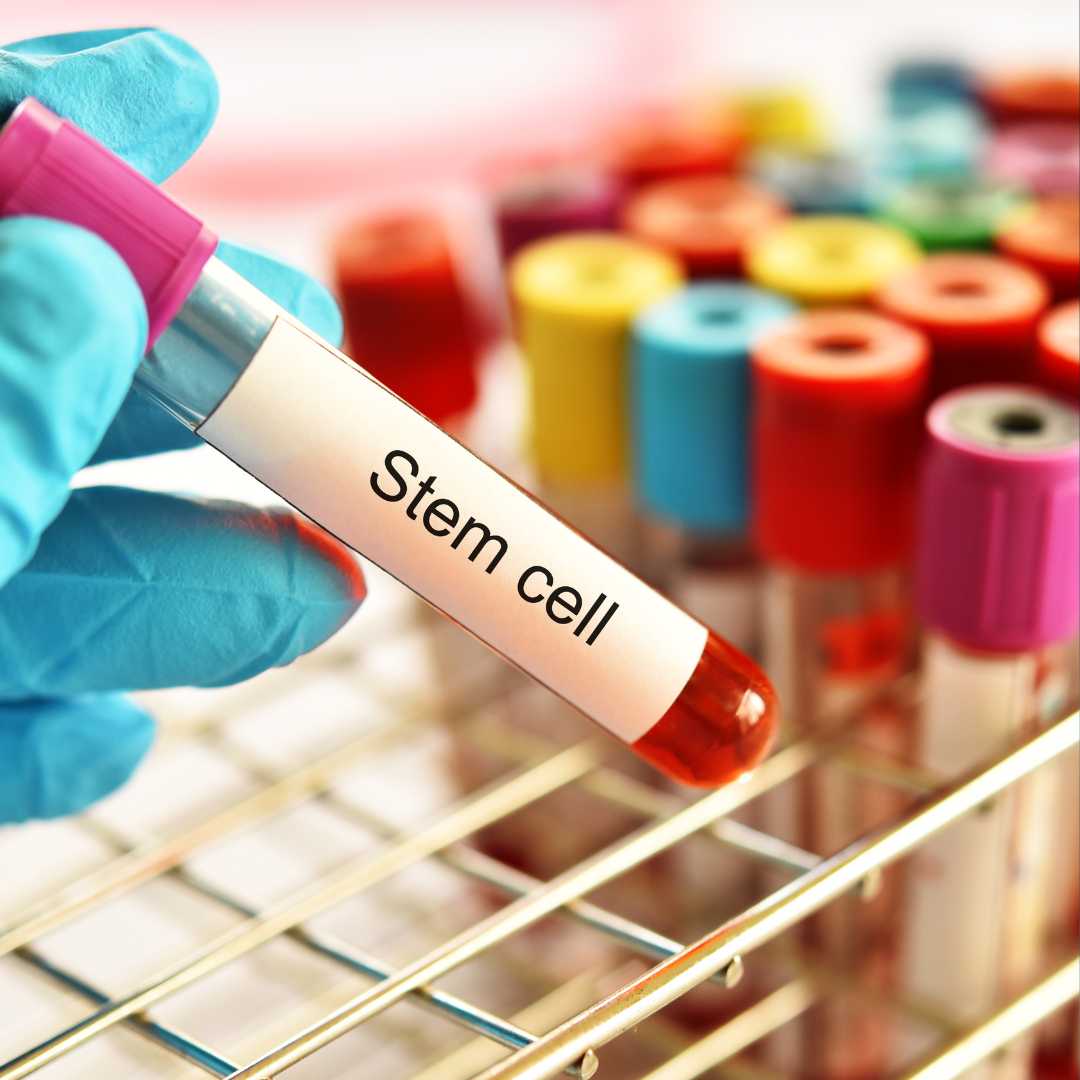
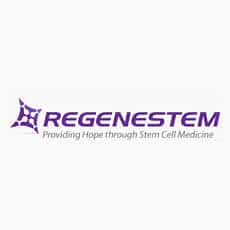

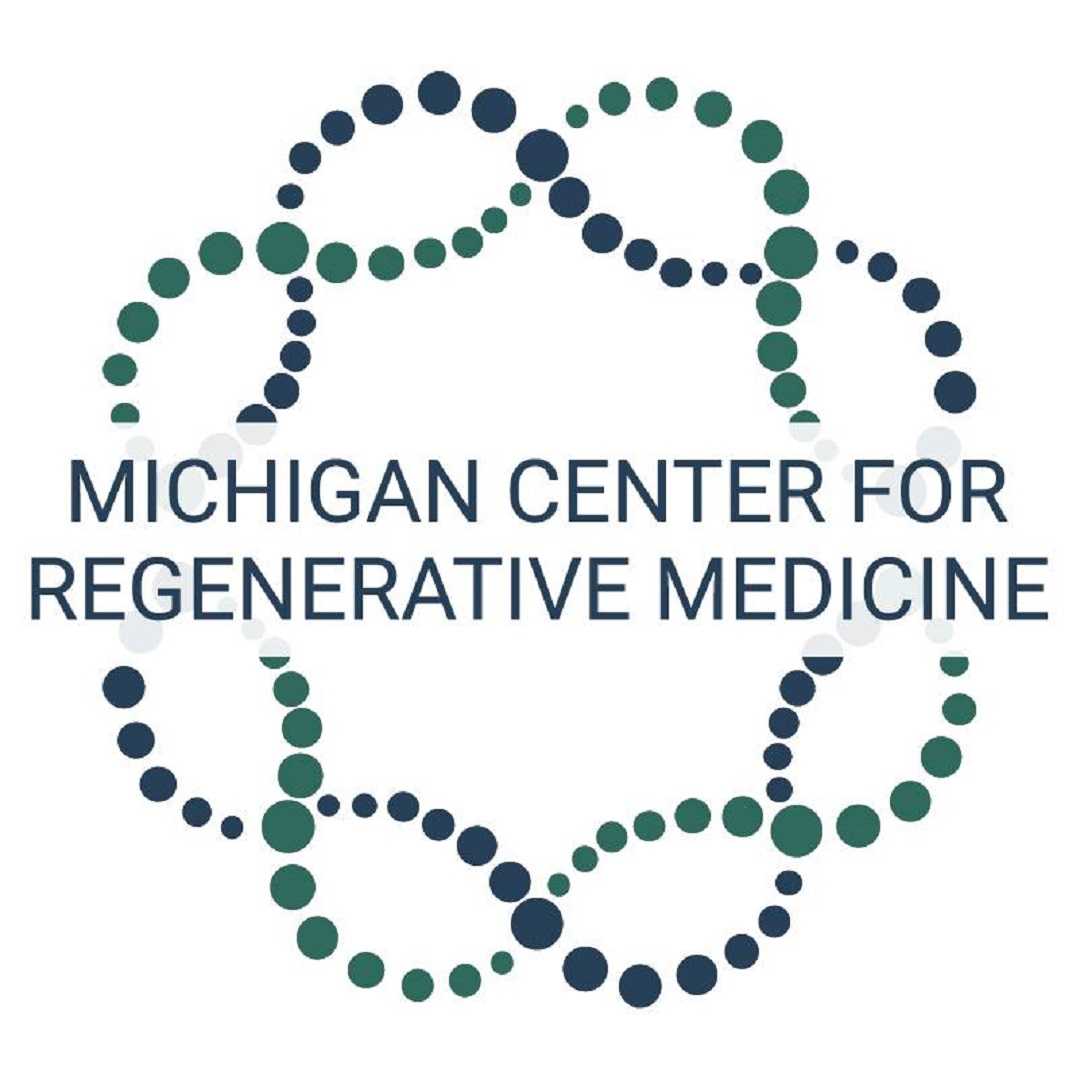
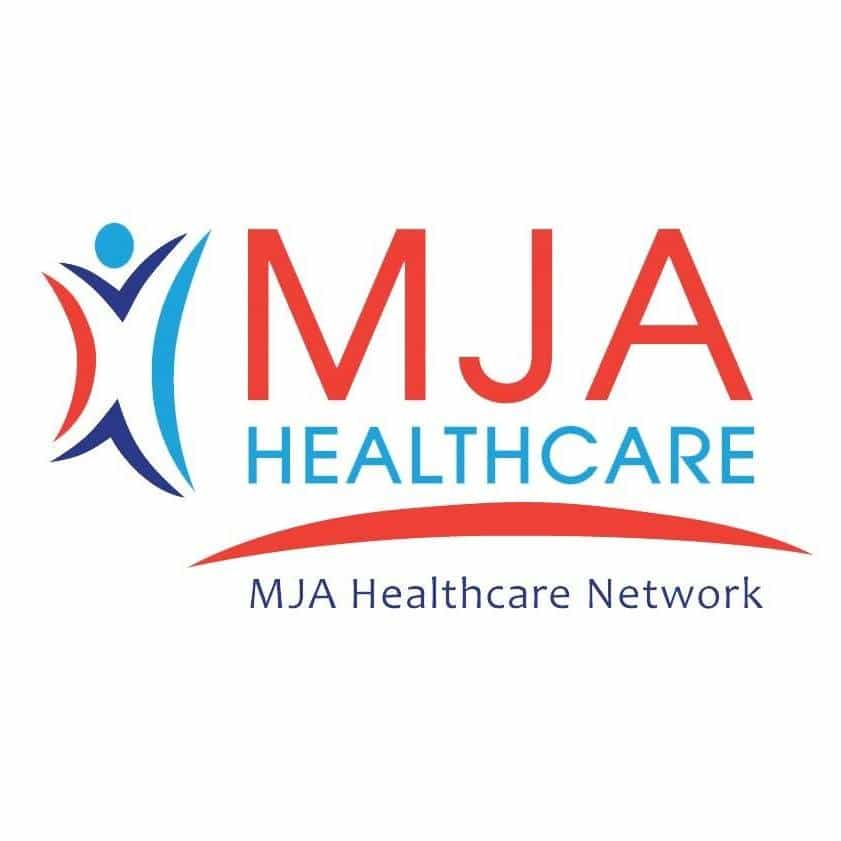
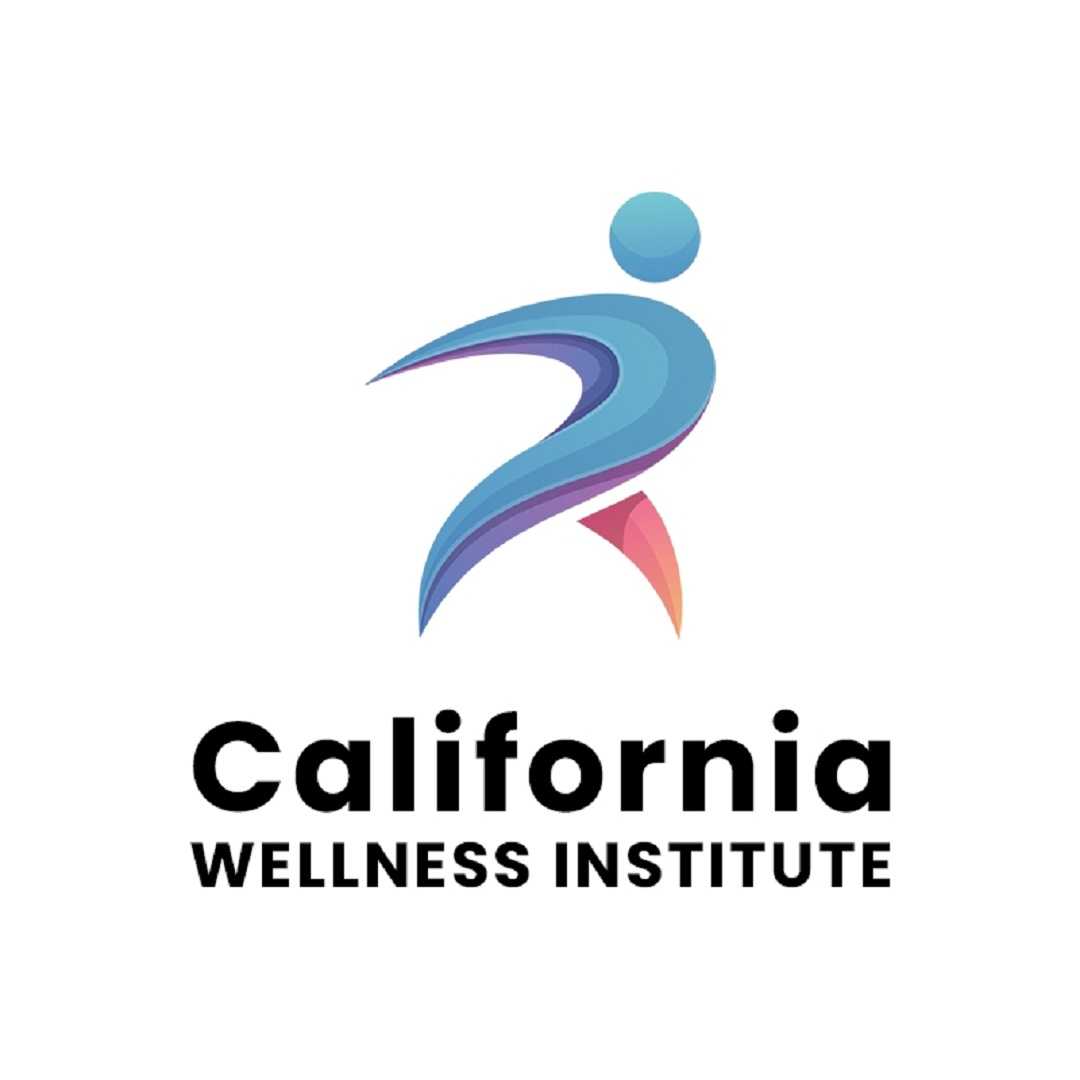

Share this listing